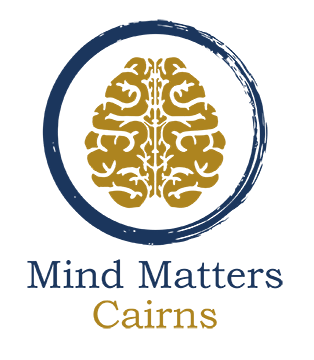Assessments
List of Services
-
COGNITIVE ASSESSMENTSList Item 1
Cognitive assessments or intelligence tests are used to determine a child’s learning capability by identifying their cognitive strengths and weaknesses.
-
EDUCATIONAL ASSESSMENTS (for learning difficulties)
• Reading – comprehension and decoding
• Written expression
• Spelling
• Listening comprehension
• Oral expressive skills
• Mathematics – operations and reasoning
• Academic fluency – speed of reading, writing and calculating
-
AUDITORY PROCESSING ASSESSMENT
The first step in this assessment is for the indivdual to have an updated hearing test to make sure that the problems identified are not being caused by an inability to actually receive sound. A hearing assessment must be conducted by an audiologist.
The next step involves administration of auditory processing assessment, which can be done at our practice. The assessment involves a number of tests in which repeated words or sounds are presented through headphones in a quiet room. Words are presented to one ear at a time and under different conditions. Auditory memory and auditory attention are also assessed as these are important components of auditory processing.
-
ATTENTION
Assessment and Diagnosis of Attention Deficit/Hyperactivity Disorder
When diagnosing ADD or ADHD, we use a number of measures including observational data, psychological questionnaires and continuous performance tests.
-
QEEG (6 years and over)
A quatative electroencephalogram is an assessment of an EEG recording ( a recording of brain activity) in order to explain some of the negative symptoms and feelings experienced. Interpreting the data from a QEEG report requires training and specialised knowledge and not all mental healthcare professionals will have experience in this area.
To explain it in simple terms, a QEEG records and measures brain activity across 19 different locations of the brain. As an example, two people diagnosed with ADHD might not have the same underlying cause of their symptoms, so by doing a QEEG we can look to see if these symptoms are explained by the brain activity we see in particular regions of the brain.
-
ACTIGRAPHY SLEEP ASSESSMENTS (6years and over)
Sleep issues can have a large effect on our mood and attention. This assessment monitors blue light exposure and sleep/wake behaviours. Overexposure to blue spectrum light that comes off our screens, LED lights, fluorescent lamps, especially in the evening, stop our bodies from releasing sleep-inducing melatonin and this can have a considerable negative impact on our quality of sleep, duration of sleep and subsequently our behaviour during the day.
-
AUTISM
We assess for and diagnose children, teens and adults with Autism Spectrum Disorder using a combination of the ADOS, the ADIR (for children)
and the DSM-5.
-
FUNCTIONAL CAPACITY ASSESSMENT
A functional capacity assessment analyses a person’s functional performance in everyday activities in their home and community.
It aims to holistically consider the comprehensive needs and goals of an individual; this includes any necessary support to participate in daily living activities and a summary of needs to continue participating in the community.

